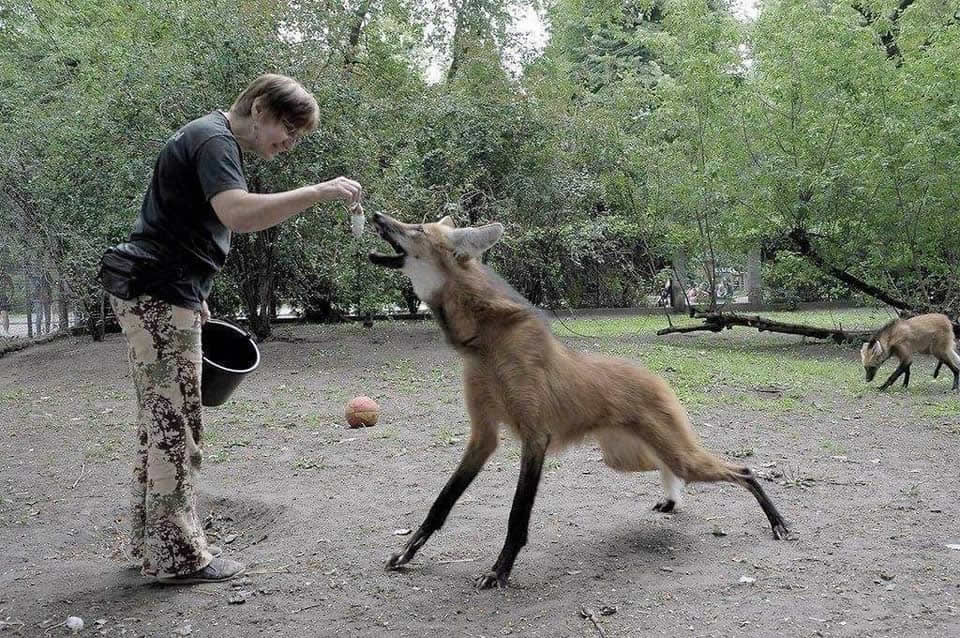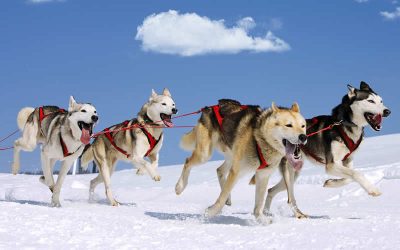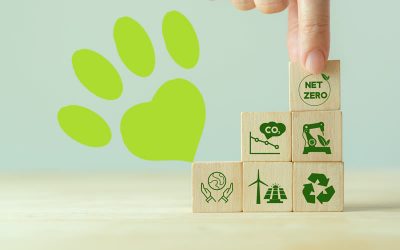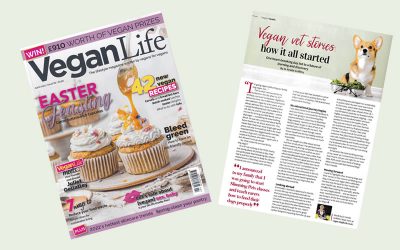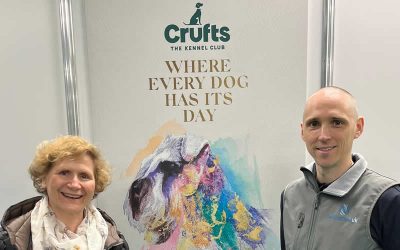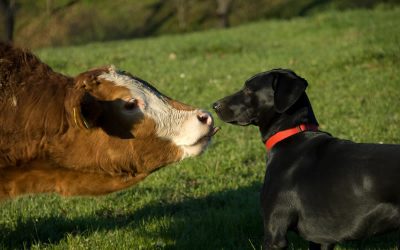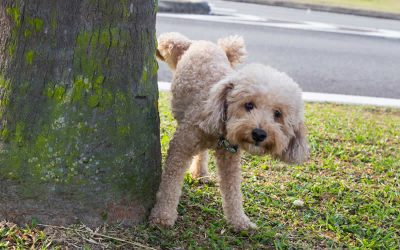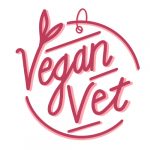Should this beautiful animal change the way we think about our dog’s nutrition?
This striking animal shown here in captivity; is a maned wolf (Chrysocyon brachyurus) and it is the largest canid in South America.
His marks resemble those of foxes, but he is not a fox or a wolf. It is the only species of the genus Chrysocyon (which means “golden dog”).
Although the maned wolf displays many fox-like characteristics, it is not closely related to foxes. It lacks the elliptical pupils in its eyes found distinctively in foxes. The maned wolf’s evolutionary relationship to the other members of the canid family makes it a unique and fascinating animal.
Why should a maned wolf hold the key to our dog’s nutrition?
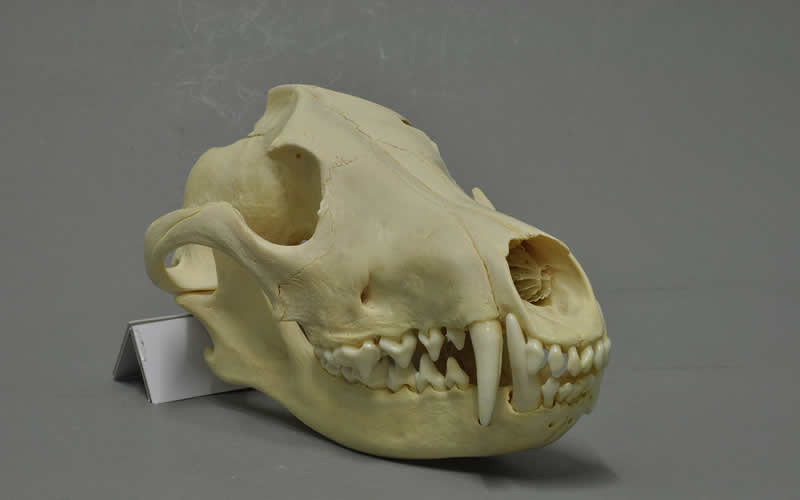
The skull of a maned wolf almost identical to that of our dog’s skull. As it does not kill or eat large prey, its upper carnassials (shearing teeth) are reduced, its upper incisors weak, and its canines are long and slender.
The maned wolf really blows the theory of our pet dogs needing meat in their diet completely out of the water. These beautiful and endangered ‘golden dogs’ (as they are neither fox nor wolf), share far more in common with our own pet dogs than the grey wolf.
They are classed as omnivores and live in the savannah of South America where they feed primarily on wolf apples that belong to the family Solanum – the same family as potatoes and tomatoes. These fruit are also eaten by humans in South America, but the maned wolf plays a very important role in the seed dispersal of these fruits.
Often, maned wolves defaecate on the nests of leafcutter ants. The ants then use the dung to fertilise their fungus gardens, but they discard the seeds contained in the dung onto refuse piles just outside their nests. This process significantly increases the germination rate of the seeds. They live beautifully in harmony with their environment and this delicate balance must be maintained.
They do hunt at night (typically small rodents and rabbits) but more than 50% of their diet is fruit and vegetable matter. Animals are more often consumed in the dry season as their first choice is vegetables!
Their eyes are similar to our dogs, they lack the jaw strength to be strong hunters (like our domestic dogs) and their footprints are very similar to our dog’s prints. They are parasitised by the same ticks and fleas as domestic dogs and they are also prone to catching the same viruses that we vaccinate our pets against. Their gestation period is the same length and when pups are born, they are born blind initially like our pups and the mother will regurgitate food for her young pup and teach it to forage from as young as 3 months old so their diet of vegetable matter begins as early as that.
As they are an endangered specie, they are successfully bred in zoos around the world. If they are incorrectly fed a high meat diet, they develop bladder stones – something seen commonly in our domestic dogs too! Interestingly, they also have very pungent smelling urine which is used to mark their territories and some people liken the smell of their urine to hops or cannabis. The responsible substance very likely is a pyrazine, which also occurs in plants (at the Rotterdam Zoo, this smell once set the police on a hunt for cannabis smokers!)
This beautiful and fascinating ‘golden dog’ surely holds the key to our dog’s nutrition and strengthens our belief that we should be adopting a plant-based diet for our dogs as the kindest and healthiest option possible. If not for our own dog’s health, then surely for the health of the South American savannah so that less land is used up by deforestation for meat agriculture and these endangered species can continue to live in perfect harmony with their environment.

Fontaine was promised salmon and rice!
Always check dog food labels as the food only contained 5% salmon while vegan dog food contains 100% nutritious plants!
Arielle at the Zero Waste Shop
Lucy gives us such enormous hope for the future with everything that she is doing!
The first published proof of the benefits of plant-based in working dogs
All dogs remained in excellent physical condition with normal blood results throughout with no signs of anaemia at all!
Royal Canin, Mars, Purina and Vegan Dog Food
Royal Canin aims to be carbon neutral by 2025 and Mars and Purina invest in vegan dog food
Vet Stories in Vegan Life
Although I am an introvert and a very private person I do feel that my message I have to spread is so important so I’m happy to share my story as a vegan vet in the April issue of Vegan Life 2022
Vegan Vet Visits Crufts
I felt completely overwhelmed by the injustice of what I saw which left me reeling with anger
The realities of puppy farming
Perhaps you were one of the owners who bought a puppy in desperation during lockdown – you maybe had your heart set on having a Cockapoo puppy in your home
IBD and a vegan dog food diet
We import Green Crunch and Greta from Germany as it is a suitable hypoallergenic diet for dogs suffering from IBD
I cannot say which passion drives me more!
Today I really hit rock bottom and it made me question which of the passions drives me the most with everything that I do as a vegan vet running my JUST BE KIND dog food business
Chris Packham is my inspiration!
Science tells us that we need just 25 percent of people to change their thinking about something and then it cascades quickly
Alkaline urine and crystals on a plant-based dog food diet
Should I be worried about my dog’s urine and crystal formation on a plant-based alkalinising diet?
Simba’s New Year Weight Loss
Veganuary is a disaster on our waistlines if you are already vegan!

